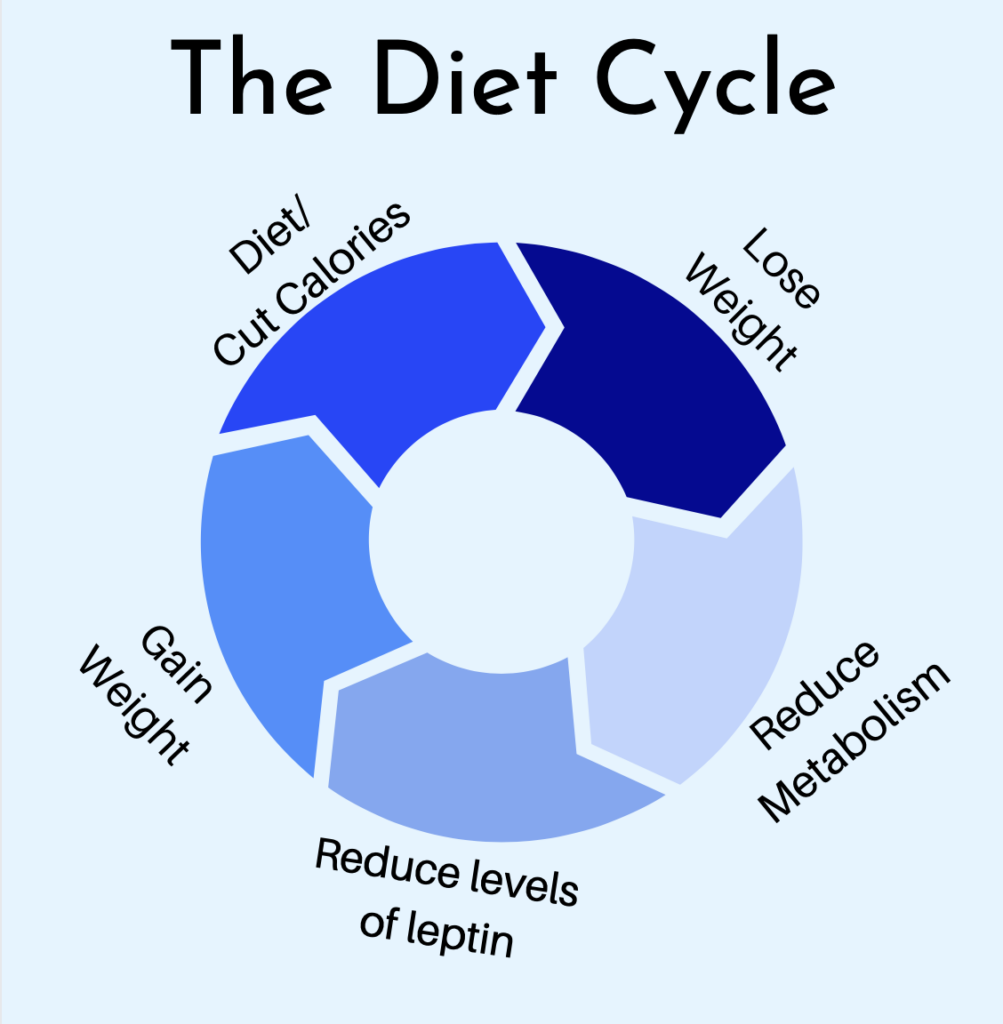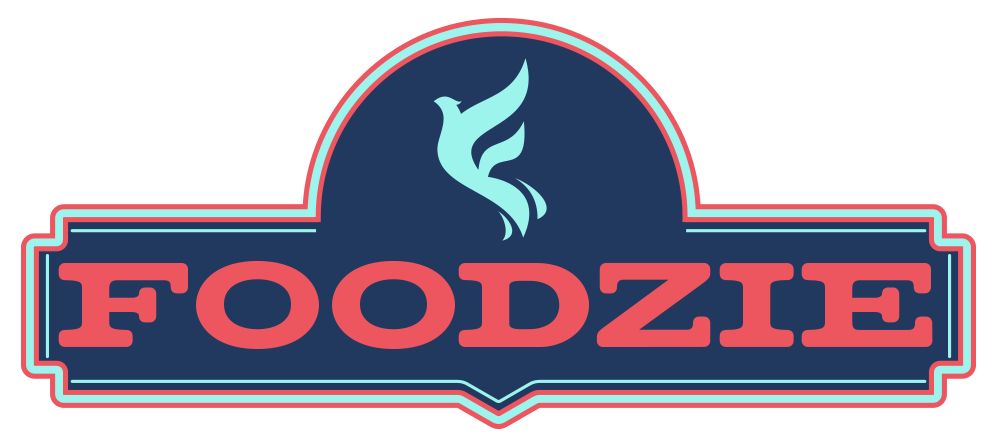Looking for a fresh new start on a diet that may actually produce long-term results? Well, you came to the right place. The Mayo Clinic Diet could be what you have been looking for all this time. This program is different from the typical fad diet in many respects. Trust me, I know them all. I am here to give my full Mayo Clinic Diet review to help you make an educated decision about your next diet venture.
Many people find the Mayo Clinic Diet after trying every diet in the game. They are fed up, frustrated and want a weight-loss solution that will actually last. Most of the time, they started a diet but ended up gaining the weight that they lost back, plus more.
CLICK HERE FOR 50% OFF YOUR FIRST 6 MONTHS OF THE MAYO CLINIC DIET
This is a common theme due to a variety of reasons.
Most diets are very restrictive and difficult to follow, making them unrealistic to sustain long-term. They require the dieter to cut back drastically on calorie intake or cut out entire food groups, such as carbohydrates. How can you stick to a diet if you’re starving on main nutrients, right? When the focus is on food restriction, rather than positive behavior changes, the diet is doomed from the beginning.
The Mayo Clinic Diet is different from the average diet.
For starters, it focuses on “simple, healthy, pleasurable changes” that are meant to help the participants reach a certain weight and maintain it for the rest of their lives. It promotes the inclusion of positive behavior changes that are easy to implement and sustain for life. It is even marketed as a “lifestyle program” rather than a “weight loss program”. Although there are still flaws in the diet’s design (like any diet, am I right?!), there are some major beneficial takeaways that may lead people to a healthier life.
Ranked #5 for Best Diets Overall according to U.S. News, the Mayo Clinic Diet earned 3.8 out of 5 stars. It is also listed as the #2 pick for Best Diabetes Diets, tied with the DASH, Flexitarian and Vegan diets. Diet experts, including nutritionists and diabetes specialists, rated the diets based on seven factors. These factors include managing or preventing diabetes, ease of following, heart-healthy, nutrition, short- and long-term weight loss, and safety. The Mediterranean Diet and DASH Diet are among the small group of four diets that topped the Mayo Clinic Diet for Best Diets Overall.
CLICK HERE TO CHECK CURRENT PRICE AT THE MAYO CLINIC DIET WEBSITE
So, who are the masterminds behind the diet?
The Mayo Clinic is one of the top medical research institutes in the United States. It earned the number one spot on the Best Hospitals Honor Roll for 2019-2020 by the U.S. News and World Report. And the group of contributors that designed this program represents its prestigious reputation. On this panel of experts, you’ll find doctors, program managers, dietitians, and more. It even includes an executive chef!
Keep reading to hear (from a dietitian!) the low-down about the Mayo Clinic Diet and whether you should jump on the train or wait for the next one.
CLICK HERE FOR 50% OFF YOUR FIRST 6 MONTHS OF THE MAYO CLINIC DIET
The Mayo Clinic Diet Breakdown
So, you commit to the diet. Now what?
Here’s what you can expect:
1. Lose It!
The Mayo Clinic Diet is split into two easy-to-follow segments. The first part, called “Lose It!”, lasts two weeks and is meant to jump-start the weight loss process. By adding five healthy habits and removing five unhealthy habits, this phase claims to lead to up to 10 pounds of weight loss. To max out, the plan recommends following as many of the healthy habits as you can as closely as possible and adhering to the rules of which habits to leave behind. You even have the option to activate your inner overachiever and add five more bonus healthy habits, if that’s your thing. To give you an idea of what the “Lose It!” phase has in store, here is a better look.
Healthy Habits to Add:
- Eat a healthy breakfast – but not too much.
- Eat at least four servings of vegetables and three servings of fruit daily.
- Eat whole grains.
- Eat healthy fats.
- Exercise for 30 minutes or more every day.
Unhealthy Habits to Break:
- No TV while eating, and only spend as much time watching TV as you do exercising.
- No sugar, except what’s naturally found in fruit.
- No snacks except fruits and vegetables.
- Moderate meat and low-fat daily.
- No eating at restaurants, unless the meal fits the Lose It! Program.
Bonus Healthy Habits to Add (optional):
- Keep food records.
- Keep activity records – type of activity, duration, and intensity.
- Increase exercise to 60 minutes or more every day.
- Eat “real food” – mostly fresh, and healthy frozen or canned food.
- Write down your daily goals – what motivates you each and every day.

2. Live It!
The second segment, called “Live It!”, is designed to continue the weight loss at a steady, sustainable rate until the goal weight is reached. This steady rate is defined as a loss of 1-2 pounds per week. This is actually a safe and appropriate rate of weight loss for those who are overweight. After the goal weight is reached, the program teaches you strategies to maintain it for the rest of your life.
Although it is not explicitly stated that calorie counting is required, tracking food intake is encouraged as a bonus healthy habit. The intention is to reduce daily caloric intake by 500-1000 calories per day in this phase. Calorie needs are recommended based on current weight. For example, a woman who weighs 250 pounds or less is assigned to a starting goal of 1200 calories per day.
Determining an individual’s calorie needs should take into account a multitude of factors though, not just current weight status.
The amount of calories a person needs to consume is dependent upon activity levels, metabolism, hormone balance, microbiome diversity, etc… This is why I would recommend signing up for the Mayo Clinic Diet membership and working with a professional simultaneously to determine your individual calorie needs and make the necessary adjustments. (Find out how to sign up in the next section!)
What’s wrong with assigning a calorie goal based on weight alone?
Well, there may be a risk of undereating. When calorie intake is reduced to a lower quantity than what your body needs to thrive, the metabolism slows down. The body enters a state of starvation, decreasing the metabolic rate in order to conserve energy and keep us alive (how cool!). A slower metabolism means it requires fewer calories to maintain weight.
Take participants on The Biggest Loser as an example. One study reveals that, six years following the show, participants had a much slower metabolism and lower levels of leptin (the hormone that signals the feeling of fullness) than when they began. This led them to regain much (if not all!) of the incredible sum of pounds they had shed on the show. And their metabolism did not magically speed up by gaining the weight back. As with the average dieter, a difficult cycle ensues. Cut calories, lose weight, reduce metabolism (body requires less calories), gain weight, cut back even MORE on calorie intake, reduce metabolism even MORE… You can see where this is going and why the majority of diets fail.

The moral of the story:
Calorie intake varies from person to person. If you are not working with a registered dietitian or nutrition expert on your weight loss plan, you may be at risk of undereating which is just as detrimental to your health as overeating. Finding the optimal calorie intake for YOU is not hard with all of the support that this program provides. The incredible amount of resources available to help participants along in their journey is quite impressive and sets this program apart from many others.
How Much Does the Mayo Clinic Diet Cost? And What Do You Get?
The Mayo Clinic Diet does not leave you hanging. If you sign up for the online membership, you gain access to a comprehensive list of weight-loss tools, including a recipe index with hundreds of ideas, guidance on portion sizes, meal and fitness plans, a habit tracker and food journal, among more. This membership will only cost you about $65 per quarter (or $5/week). So if you usually buy a medium double mocha latte with extra foam for $5 every day, you may consider this cheap.
CLICK HERE TO CHECK PRICING AT THE MAYO CLINIC DIET WEBSITE
Think it stops there?
The creators of the diet went one step further to redesign the food pyramid. It resembles the Mediterranean Diet Pyramid, which is another popular diet for sustainable healthy eating. Keep reading for a more detailed comparison between the two diets.
The Mayo Clinic Healthy Weight Pyramid encourages higher intakes of foods at the base of the pyramid (such as fruits, vegetables, and carbohydrates), and lower intakes of foods at the top (such as sweets and fats). As you ascend the pyramid, the energy-density of the food increases. This means foods higher on the pyramid have more calories per gram. Protein and dairy are smack dab in the middle, which means moderate intakes are recommended. The pyramid even includes a section for daily physical activity. Move aside, MyPlate.

At the bare minimum, the amount you will spend on this diet is the money it will cost to purchase The Mayo Clinic Diet book. You can even take a free, short assessment on their website that will give you a mini “diet plan” with four lifestyle habits that can help you reach your goal weight. Any other costs are add-ons, such as the multitude of cookbooks available for purchase. (Bonus: some are even available as eBooks!) If you are ready to push your chef skills to the next level, these books will be a great addition.
Another differentiating component of this program is that participants can gain access to an online course titled “The Mayo Clinic Diet: The Healthy Approach to Weight Loss”. It includes twelve lectures that are about 30 minutes each. The topics range from “The Science of Weight and Weight Loss” to “Behavioral Strategies for Weight Loss” and “Cooking the Mayo Clinic Diet Way”. This course provides support beyond written materials, allowing for those who learn in different ways to choose a different delivery method of education. You can find more information about the course here. The course does cost extra so it is up to you to decide if it is worth it.
CLICK HERE FOR 50% OFF YOUR FIRST 6 MONTHS OF THE MAYO CLINIC DIET
Sample Meal Plan
Wondering what a day of eating would look like on this diet?
Here’s a 1200 calorie one-day sample meal plan straight from Mayo Clinic:
Breakfast: ½ cup cooked oatmeal, 1 cup milk, 2 tablespoons raisins, ¼ cup mango and a calorie-free beverage
Lunch: quinoa and sweet potato cakes, tossed salad with fat-free dressing and a calorie-free beverage
Dinner: 1 pita pizza, ¾ cup mixed fruit and a calorie-free beverage
Snack: 1 cup sliced bell peppers, 2 tablespoons hummus
As you can see, pretty quick and easy meals for one. But if it sounds boring, one of the Mayo-Clinic-Diet-approved cookbooks available for purchase may be a good place to find inspiration. To spice things up, you can try recipes such as Rancher’s Eggs, Chicken and Eggplant Stir-Fry, Banana Oatmeal Hot Cakes or Scallops with Potatoes and Greens.

You must limit your intake of sweets to 75 calories per day (think: one serving of Halo Top Ice Cream or a square of dark chocolate) or the total allotment can be used at any time during the week. It is up to you whether to use all of your “dessert calories” for one single decadent dessert or to have smaller desserts daily.
The Mayo Clinic Diet vs. The Mediterranean Diet
Since the Mediterranean Diet is currently king of the Best Diets Overall list from U.S. News, I figured it could be helpful to do a comparison.
The Mediterranean Diet has been around for a long, long time. It is based on the dietary patterns of the regions surrounding the Mediterranean Sea. Similar to the Mayo Clinic Diet, it encourages a diet based in whole foods like vegetables, fruit and whole grains. It emphasizes the intake of fish and seafood, while limiting red meat and sweets. Poultry and dairy are to be consumed in moderation. Another large component is the focus on incorporating healthy fats from things like olive oil and nuts.

So how is it different?
Essentially, it comes down to the amount of support you are looking for. The Mediterranean Diet provides looser guidance by simply recommending which food groups to increase and which to decrease in order to eat healthfully. It is not a defined program and there is no support system to help guide you through it. The Mayo Clinic Diet stands out in that respect. If you subscribe to the program, you have access to a wide array of resources that can be individualized for your specific plan.
Mayo Clinic Diet Review: Pros & Cons
Like every diet plan, there are pros and cons to following the Mayo Clinic Diet. As previously mentioned, it has been reviewed by a panel of U.S. News experts on a variety of levels. However, the only research data available on its effectiveness has been conducted by the Mayo Clinic.

Here are the pros and cons of the Mayo Clinic Diet
Pros:
- The lifestyle and behavior-change approach has been shown to be more effective than just delivering a diet or exercise plan with no focus on the intentions behind the actions. It’s even encouraged to write down daily goals to stay motivated, which increases the likelihood of continuing.
- No food groups are eliminated unlike other current popular diet trends like the ketogenic diet. This makes sticking to the diet easier as it’s more sustainable for life. It also ensures the intake of all three essential macronutrients – carbohydrates, protein and fat.
- There is an emphasis on adding healthy habits, which can be more positive and welcoming for some people as opposed to diets which only focus on restriction.
- Part of the diet, although small, focuses on mindful eating which has been proven to promote meal satisfaction and satiety – important components for weight loss and maintenance. Dieters are encouraged to eat meals without watching TV to allow for a present and mindful eating experience.
- Since no food groups are eliminated, the diet can be easily modified for all types of eating patterns and preferences such as vegetarianism or lactose intolerance.
Cons:
- Snacks are restricted to fruits and vegetables. The intention of increasing fruit and vegetable intake is in itself healthy, but fruits and vegetables are mostly composed of carbohydrates which do not promote satiety. Pairing a fruit or vegetable with a healthy fat or protein is what this dietitian recommends for a balanced snack.
- Tracking your food intake and physical activity are encouraged, which can become difficult to sustain. Many clients I work with have been worn down by the process of having to write down everything they eat, so this may be one aspect of the program that is not extremely beneficial.
- The diet claims not to require calorie counting; however, specific calorie guidelines based on starting weight are provided in phase two. It is recommended to stay within this calorie range in order to maintain consistent weight loss. If not guided appropriately by a dietitian or nutrition expert, this could lead to an unhealthy obsession with numbers and take a toll on mental health.
- Individual needs are not addressed unless you subscribe to the program and obtain the help of a program leader. Providing a calorie goal based on weight status is an outdated practice – every individual has different needs. Metabolism, hormone balance, weight history, pre-existing conditions, among many other factors, impact the quantity of energy and distribution of macronutrients the body needs. This is why working with a professional simultaneously on this plan is a must.
The Mayo Clinic Diet Review
Many aspects of the Mayo Clinic Diet are what most nutritionists recommend in order to maintain a healthy weight and prevent or treat chronic diseases like diabetes and heart disease. The emphasis on increasing healthy habits and decreasing unhealthy habits is a refreshing change of pace from many other fad diets on the market that require much stricter adherence to set guidelines. A behavior-change approach shows more promising results than simply prescribing a strict meal plan.
To date, the available research on the effectiveness of the Mayo Clinic Diet is limited to studies conducted by the Mayo Clinic. This could reflect potential bias since the Mayo Clinic has a stake in producing positive results. However, the Mayo Clinic is an international leader in medical research so it is more than likely that you can trust these results.
The support that this program provides is seemingly unparalleled in the diet industry today. If you are looking for a long-lasting solution to weight loss, your search may stop here.
Long story short, here is what I know to be true:
- A whole-foods, plant-based diet is the best eating pattern to support health and prevent disease.
- Focus on behavioral change rather than numerical goals to achieve long-term, sustainable health.
- Health is not solely based on what you put in your mouth. Other factors such as stress, sleep, and physical activity, to name a few, are equally as important and deserving of attention.
- Before you start any diet, ask yourself “can I do this forever?”
Above all, always consult a registered dietitian before making significant dietary or lifestyle changes. Interested in losing weight and living a healthier, happier life? Call a dietitian.
CLICK HERE FOR 50% OFF YOUR FIRST 6 MONTHS OF THE MAYO CLINIC DIET
Imposter Warning
There have been many reports of diets claiming to be the real Mayo Clinic Diet. Make sure that you are accessing the original Mayo Clinic Diet program by going to diet.mayoclinic.org and avoiding any other website that gives advice about this diet. The information that other platforms are providing may be harmful.
ABOUT THE AUTHOR



